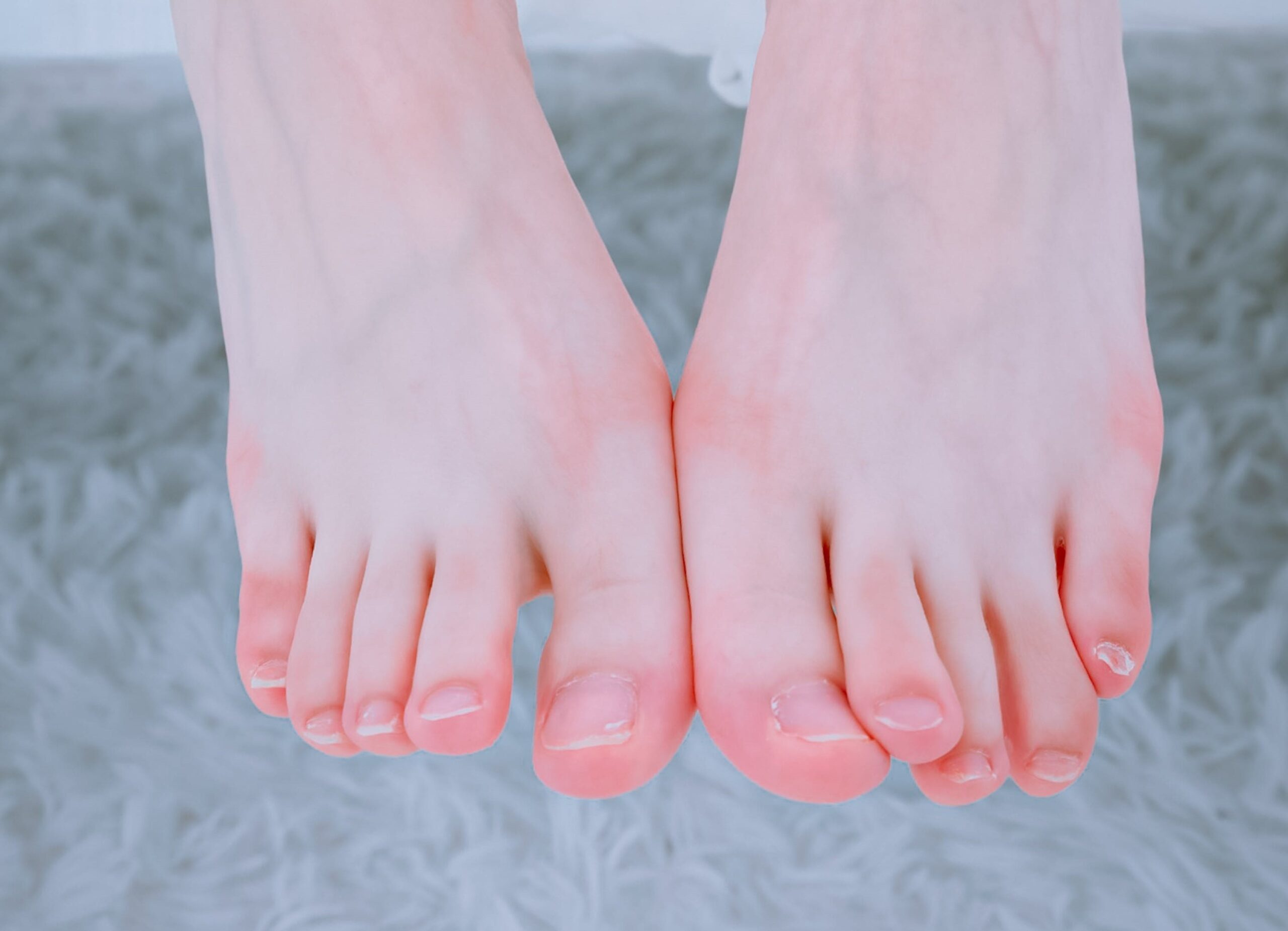Schedule An Appointment With Us
Are Your Symptoms Affecting Your Quality Of Life?
Consult our MOH-accredited orthopaedic surgeon for an accurate diagnosis & personalised treatment plan.
MBBS
MRCSEd
MMED (Ortho)
FRCSEd

Corns develop on the toes due to persistent friction and pressure, typically from bones pressing against footwear. This continuous pressure causes the skin’s surface layer to thicken and build up, leading to irritation of the underlying tissues.
There are different types of corns, characterised by their appearance and texture. Hard corns, commonly found on the top or sides of toes, present a dense and compact structure. Soft corns, in contrast, have a more rubbery texture and are usually located between the toes, where they are kept moist.
Corns primarily develop due to factors that cause excessive pressure and friction on the toes.
Corns manifest through a range of symptoms and signs, which are a direct result of the continuous pressure and friction that lead to their development.
Corns are usually diagnosed through visual examination. Corns have distinct appearances, such as a central tender spot surrounded by thickened skin. Its unique characteristics can help distinguish it from other skin conditions like warts or cysts. The foot and ankle specialist will examine the area and look for these signs.
There are various non-surgical treatment options for corns, which focus on relieving symptoms and addressing the root causes.
Soaking and Filing the Corns |
Regularly soaking the feet in warm water softens the corns, making it easier to gently file down the thickened skin using a pumice stone, emery board, or washcloth. This helps remove the layers of toughened skin. |
Protective Padding for the Corns |
Using foam pads or corn plasters can temporarily alleviate pressure on the corn. These pads are typically doughnut-shaped, allowing the corn to sit in the centre hole, thus reducing direct pressure. |
Proper Footwear or Orthotics |
Pain and discomfort can be alleviated by wearing shoes that fit well and have adequate cushioning for the toes. Shoes should have a wide toe box to prevent toes from rubbing against the shoe. For corns caused by toe deformities, toe separators or custom-made orthotic devices can be effective in redistributing pressure away from the corns. |
Corn Removers and Medications |
Over-the-counter corn removers or medicated pads containing salicylic acid can be used with caution. These products must be applied carefully to avoid damaging healthy skin around the corn. |
In certain cases where non-surgical methods are ineffective, surgical options may be considered.
If corns become exceedingly painful or recurrent, surgical removal may be necessary. This procedure involves the excision of the corn and the surrounding hardened skin.
For corns caused by bone deformities, such as hammer toes, surgery may be required to correct the bone alignment. This helps alleviate the pressure points that lead to corn formation.
Schedule An Appointment With Us
Consult our MOH-accredited orthopaedic surgeon for an accurate diagnosis & personalised treatment plan.
Effective prevention of corns involves measures aimed at reducing pressure and friction on the feet.

MBBS
MRCSEd
MMED (Ortho)
FRCSEd
With over 18 years of experience, Dr Poh Seng Yew is an orthopaedic surgeon specialising in hip, knee, shoulder and elbow surgery, sports medicine, and trauma surgery.




Weekdays: 9.00am – 5.00pm
Saturdays: 9.00am – 1.00pm
Sundays and Public Holidays: Closed
Please leave us a message, and we will be in touch with you shortly.
While corns and calluses are both areas of thickened skin caused by friction and pressure, they differ in appearance and location. Corns are smaller, defined, and typically found on the toes, either on top, sides or between them. Calluses, on the other hand, are larger, flatter, and often located on weight-bearing areas of the feet like the heels or balls of the feet.
Leaving a corn untreated may lead to its growth and increased discomfort. In some cases, untreated corns can cause infections or develop into more severe skin conditions. Early consultation with a foot and ankle specialist can provide effective treatment options and prevent complications.
Corn removal, when performed by a foot and ankle specialist, is generally conducted with minimal discomfort. Corns should not be removed at home due to the risk of injury and infection.
Professional corn removal does not leave a hole in the foot. The procedure safely reduces the thickened skin, relieving pressure and discomfort while leaving the underlying skin intact.